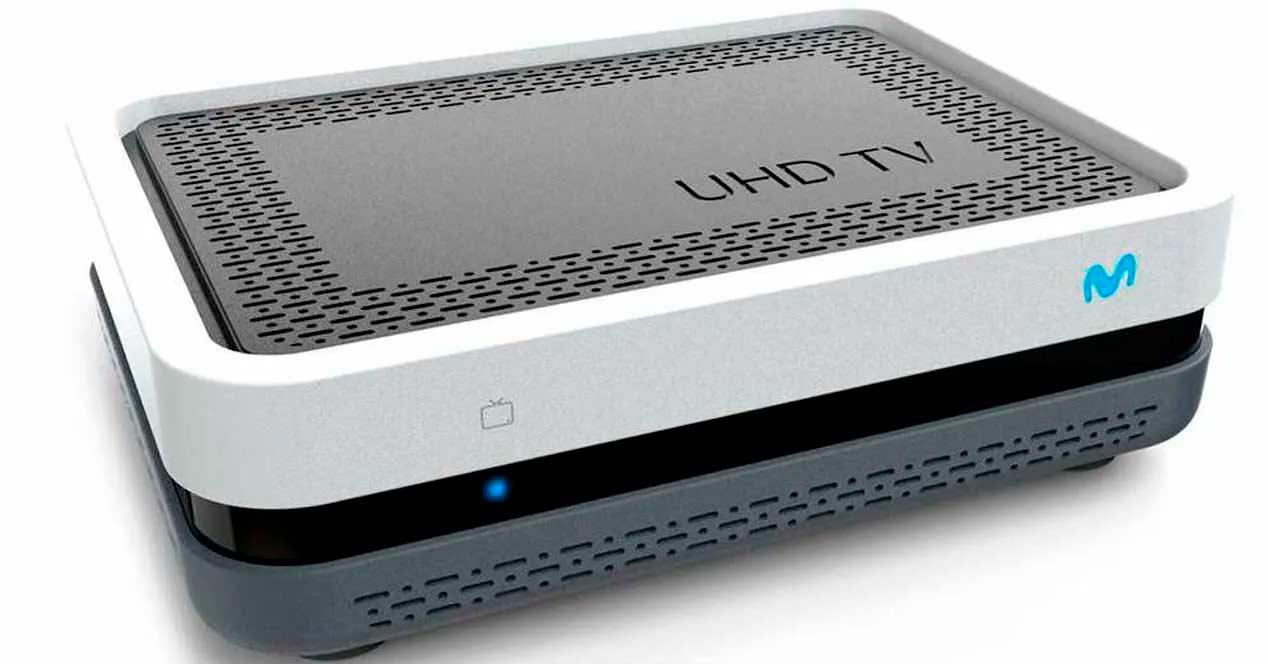

A modem will connect to your ISP using phone line (for DSL), cable connection or fiber (ONT).Ībove is a typical cable modem. A router pretty much always has a switch built-in. The Internet port will connect to your modem and the rest of the ports are switch ports. If you have a combo modem/router device, then one end will connect to your ISP and the other will be either to a switch if using Ethernet or will simply be WiFi, if the device supports that too.Ībove is a typical router only device (technically, it’s a wireless router above). A router can be connected to your modem on one end (ISP) and to a switch on the other end (local network). At home, this typically means you router connect your internal local network to your ISP’s network.
#Modem vs router deal mac#
Whereas MAC addresses are used to move frames from one device to another directly connected device, IP addresses are used to route packets across the Internet.Ī router is a device that joins networks together and routes traffic between them. Routers work at Layer 3 (Network) of the OSI model, which deals with IP addresses.
#Modem vs router deal full#
With switches, the bandwidth does not have to be shared and all ports operate at full speed. The more devices on a hub, the more bandwidth that has to be shared and therefore the network gets slower. This is also why a hub is a half-duplex device whereas a switch is a full-duplex device. The bandwidth is not shared with other ports. With switches, there are zero collisions because only the two devices that are communicating will be sending data back and forth. This happens on hubs a lot because all the traffic coming in on each port is repeated out to all the other ports. Collisions means when two computers or devices send data at the same time and the signals physically collide before reaching the destination. With hubs, the more devices you connect to the hub, the more collisions there will be on the network. This significantly reduces the amount of traffic on the network because there is direct communication between the two devices rather than a one-to-all type of communication. Instead of blindly forwarding all the frames it receives on one port to all the other ports on the device, a switch will create a MAC address source table and then forward the frame to the port with the correct destination MAC address. The part of the frame that contains the source/destination IP addresses is called a packet. Don’t worry about the technical details, just know that it contains source and destination MAC addresses and source and destination IP addresses inside the frame. The Data Link layer of the OSI model deals with MAC addresses and switches look at MAC addresses when they process an incoming frame on a port.Ī frame is a data type that is used to carry data on all networking devices.

Hubs are considered Layer 1 (Physical) devices whereas switches are put into Layer 2 (Data Link). You connect devices to a hub using Ethernet cable and any signal sent from a device to the hub is simply repeated out on all other ports connected to the hub. It looks just like a switch, but works differently on the inside. Switches vs HubsĪ hub is an obsolete device that you would never want to buy these days. Finally, we’ll talk about modems and other networking terms like access points and gateways. Next, we’ll talk about routers and why they are different than switches and hubs. First, I’ll talk about the difference between switches and hubs, as both of those devices are in the same category. In this article, I’ll try to explain the concept behind each of these terms without getting too technical.


 0 kommentar(er)
0 kommentar(er)
